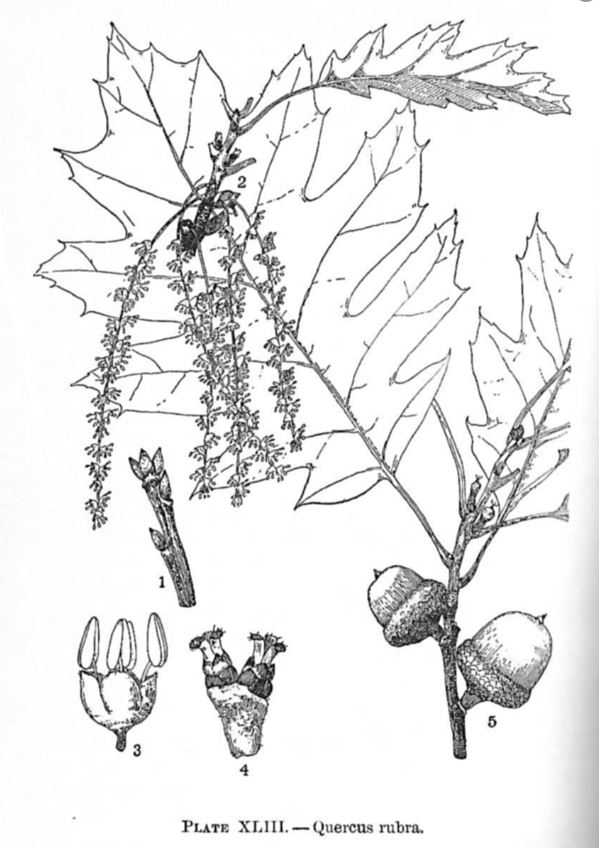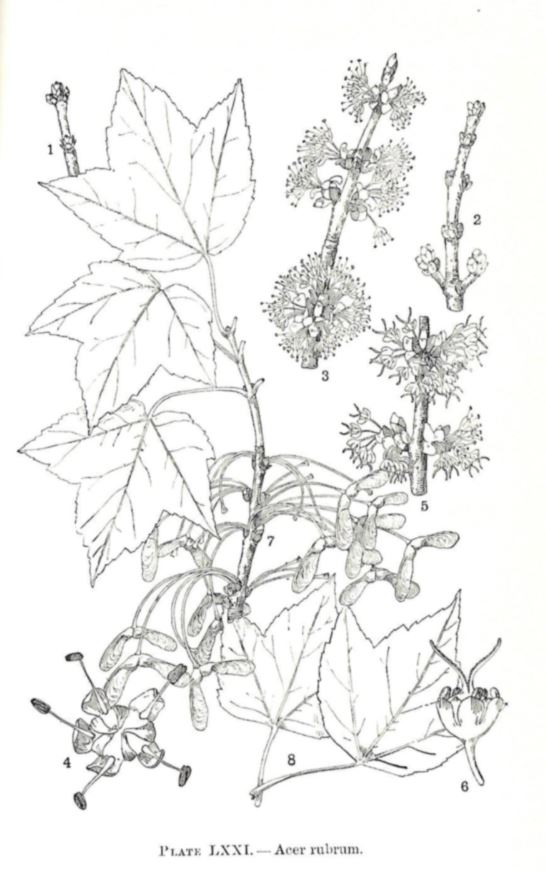Trees give us many gifts – clean air and water, places to recreate, wildlife habitat…and carbon storage. Restoring trees to the landscape is the single best low-tech, low-cost pathway for storing more carbon on the land. A forest can store an average of 2-3 tons/acre of C02 each year. With just a will and a spade, we can get started pulling carbon from the air right now.
A NATURAL CARBON SINK – To prevent the most dangerous impacts of climate change, greenhouse gas emissions must reach net zero by 2050. Capturing carbon from the air naturally – by putting trees to work – can provide significant cumulative carbon removal through 2050 and beyond.
When choosing a tree for your home landscape, consider this:
- Fast growing trees store the most carbon during their first decades.
- Long-lived trees can keep carbon stored for generations without releasing it in decomposition.
- Native trees will thrive in these soils and best support local wildlife.
- Low-maintenance, disease-resistant species will do better without greenhouse-gas-producing fertilizers and equipment.
We suggest Northern Red Oak — Acorns attract wildlife and the leaves develop a brick-red fall color. Red oak is fast growing, easy to transplant, and tolerant of urban conditions (including dry and acidic soil and air pollution). Best growth is in full sun and well drained, slightly acidic, sandy loam. Northern red oak often reaches 60-90’ and occasionally 150’. Trees may live up to 500 years.
A colorful alternative for damp soils is Red Maple — the most abundant native tree in eastern North America. Known for its early brilliant fall foliage and red flowers, it is usually found in moist woodlands and wet swamps in sun or part shade. A medium-sized, fast-growing tree (2-5’/yr), its seeds and buds are eaten by birds and mammals, but it is not preferred by deer.






